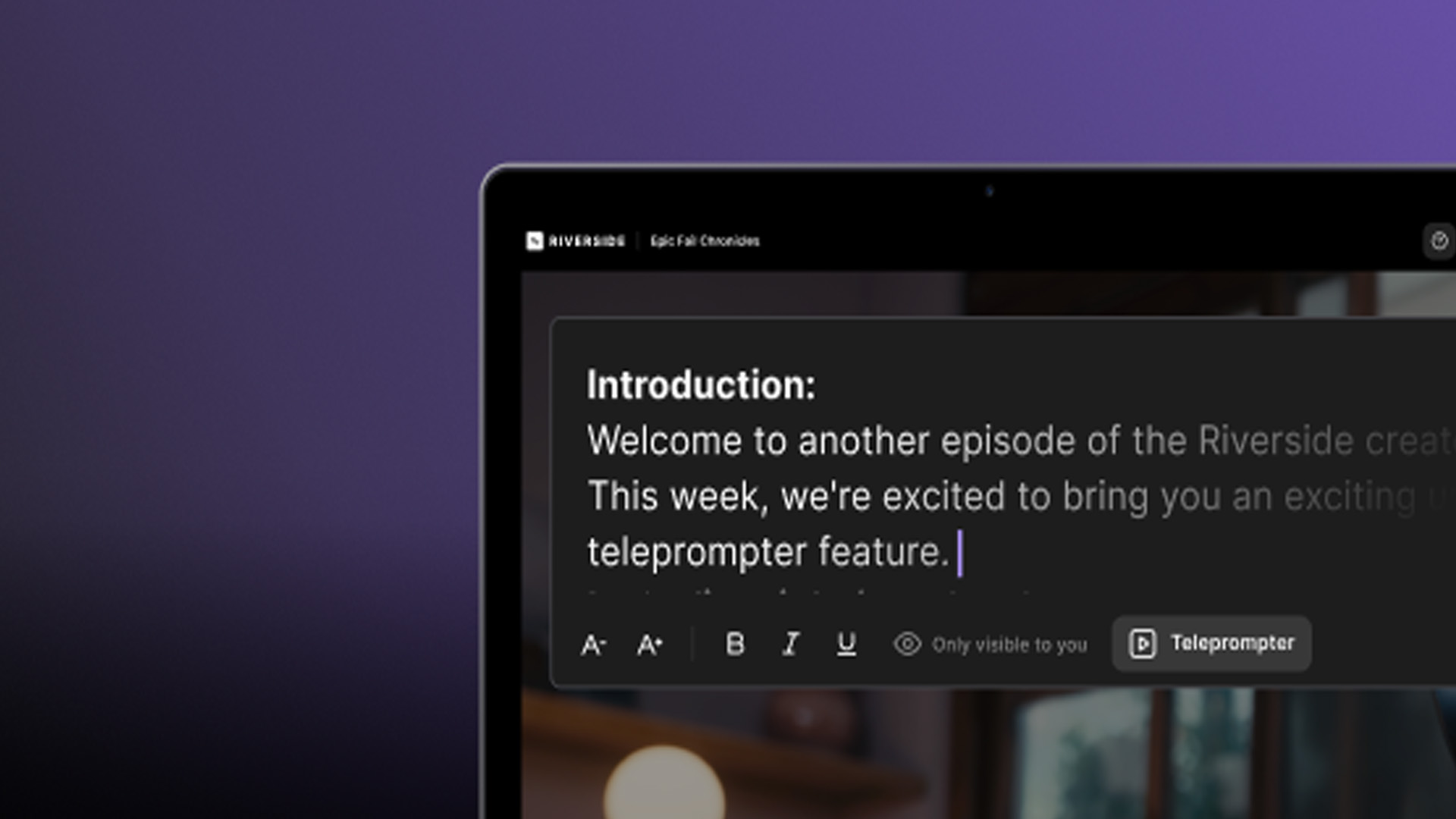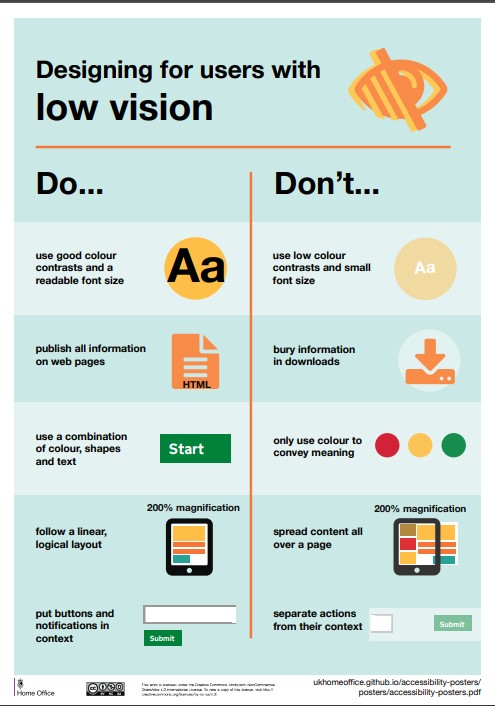Accessibility For All
The internet, often considered the global gateway to information, entertainment, and services, should be a space that welcomes everyone, regardless of physical or cognitive abilities. From tackling common accessibility challenges to implementing user-centric navigation and content, we try to provide actionable insights to ensure your website is a haven for all users.
Understanding Web Accessibility
The heart of web accessibility lies in the fundamental belief that digital spaces should be inclusive and accessible to everyone. It transcends being a technological necessity; it is a moral and ethical imperative. We encounter individuals with diverse needs and abilities as we navigate the digital landscape. Inclusive design is not just about accommodating these differences; it’s about celebrating diversity and ensuring that everyone, regardless of their physical or cognitive capabilities, can participate fully in the online experience.

(Credit: Convince And Convert)
ConvinceandConvert is an example of a website that takes an inclusive approach to design, ensuring their website reaches a broader audience by incorporating audio versions of their blog articles. This thoughtful strategy caters to different learning preferences, making sure everyone feels included and no one is left out.
Common Accessibility Challenges: Breaking Down Barriers
To create a truly accessible web, it’s essential to address common challenges that users with disabilities often encounter. These challenges range from visual perception issues to difficulties navigating complex layouts. Consider implementing alternative text for images to assist users with visual impairments, or ensure that your website is navigable using only a keyboard for those who may have difficulty using a mouse. By proactively addressing these challenges, you pave the way for a more inclusive and accommodating online environment.
Inclusive Design in Action: Navigating the User Experience Landscape
Inclusive design extends beyond addressing challenges—it’s about proactively enhancing the user experience for everyone. Implementing accessible navigation is a key component. This involves creating clear and intuitive navigation menus, ensuring users can easily find and access content. Consider providing skip navigation links, allowing users to bypass repetitive content and jump directly to the page’s main content.
Furthermore, content plays a pivotal role in an inclusive digital space. Structuring content with headings, subheadings, and descriptive link text not only aids in navigation for screen readers but also enhances the overall readability for all users. Inclusive design is, at its core, about creating flexible, adaptable interfaces that cater to a diverse range of user needs and preferences.

(Credit: Riverside FM)
Riverside is a cool platform that lets you easily make top-notch video and audio stuff like podcasts or interviews from wherever you are. Their website looks great, with colors that make it easy to read and find what you need, especially on features like the online teleprompter. They’ve neatly organized the information into blocks, so you can quickly see and understand the important stuff. The best part? The website works just as well on your phone or tablet as it does on a regular computer, so you can use Riverside wherever you are and on whatever device you have.
Legal and Ethical Dimensions: Navigating Compliance and Beyond
Understanding the legal and ethical dimensions of web accessibility is crucial. Various countries have enacted legislation mandating digital accessibility to ensure equal access to information and services. Compliance with standards such as the Web Content Accessibility Guidelines (WCAG) is not just a legal obligation; it’s a commitment to inclusivity. Beyond compliance, embracing web accessibility positively impacts your brand reputation. Users appreciate and value brands prioritizing inclusivity, fostering a positive perception and loyalty.
Positive Impact on Brand Reputation: Building Trust Through Inclusivity
Web accessibility is not merely a checkbox; it’s an integral aspect of your brand identity. A website that is accessible to all sends a powerful message about your brand’s commitment to diversity, inclusivity, and user-centric design. This commitment resonates with users and builds trust. Positive user experiences lead to positive reviews and recommendations, contributing to a strong and positive brand reputation. Inclusivity, therefore, becomes a catalyst for brand success in the digital era.
Joining the Movement: Towards a More Accessible Web
Adopting inclusive design principles allows you to cater to a broader audience and contribute to a more equitable online environment. Joining the movement towards a web that prioritizes accessibility for all is a step towards a more inclusive digital future. Embrace continuous learning about accessibility best practices, involve users with diverse needs in testing processes, and foster a culture of inclusivity within your design and development teams.
For instance, because about 4.5% of people worldwide have some difficulty seeing certain colors (color blindness), it’s a good idea to follow these tips to make your website more user-friendly for everyone.

The Continuous Evolution of Inclusive Design: Future-Proofing Your Web Presence
In the dynamic landscape of digital design, inclusivity is not a one-time endeavour. It’s an ongoing commitment to understanding and addressing the evolving needs of users. As technologies advance and user expectations shift, staying ahead of the curve becomes crucial. Future-proof your web presence by staying informed about emerging accessibility standards, incorporating feedback from diverse user groups, and adapting your design practices to align with the ever-changing digital landscape.
Conclusion: Crafting a Digital Haven for All
In conclusion, web accessibility is not a feature but a philosophy that shapes our digital world. As creators of the online experience, we are responsible for crafting digital spaces that are welcoming to all users. The journey towards a more accessible web is a collective effort that transforms digital spaces into inclusive realms where every user, regardless of ability, feels valued and empowered.
Need help with your website design?
If you’d like to offer a more inclusive website design experience to your users, talk to us today on 855-564-1200 or send us your details and we’ll call you.